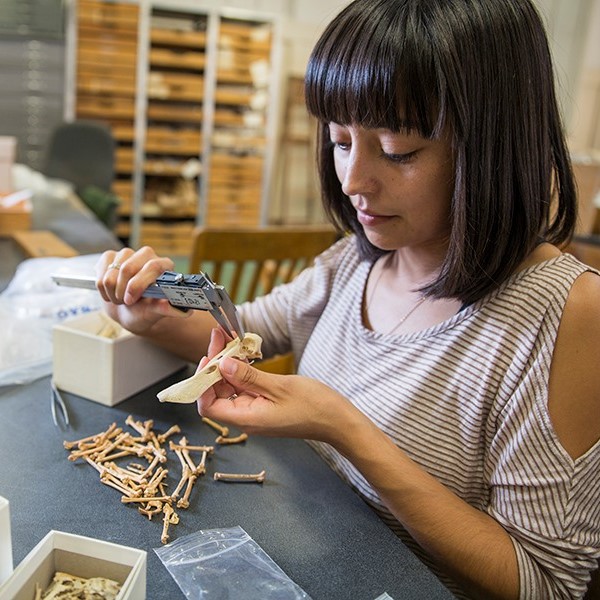More on overkill, the associational critique, and the North American megafaunal record: A reply to Grayson et al. (2021)
Authors:
Allison L Wolfe, Jack M Broughton
Abstract:
The Associational Critique posits that extinct megafauna are scarce in North American late Pleistocene archaeological contexts, contrary to expectations of the overkill hypothesis. In an analysis focusing on the period of overlap between humans and megafauna, we revealed that no such underrepresentation of extinct taxa in kill/scavenging sites exists. Instead, we found a single positive trend between paleontological and archaeological occurrences for all megafauna taxa—extinct and extant—a pattern that is consistent with expectations from the prey model of foraging theory (Wolfe and Broughton, 2020). Grayson et al. (2021), while agreeing that such equated timescales should be used, question certain aspects of our analysis and use new datasets to reaffirm the premise of the Associational Critique. However, their analysis is problematic, as they use different criteria to assemble archaeological records for extant and extinct megafauna—more strict for the latter, thereby inflating the archaeological abundance of extant taxa. More critically, by using archaeological and paleontological data that align in time and space, there is no logical warrant for their argument that extinct forms should be underrepresented in kill/scavenging contexts because they “had either already disappeared or were much reduced in abundance by the time people arrived on the landscape” (Grayson et al., 2021). Using archaeological datasets that were assembled using the same stringent criteria and further refined timescales, we again find no support for such an underrepresentation nor the Associational Critique.
This publication can be viewed here

